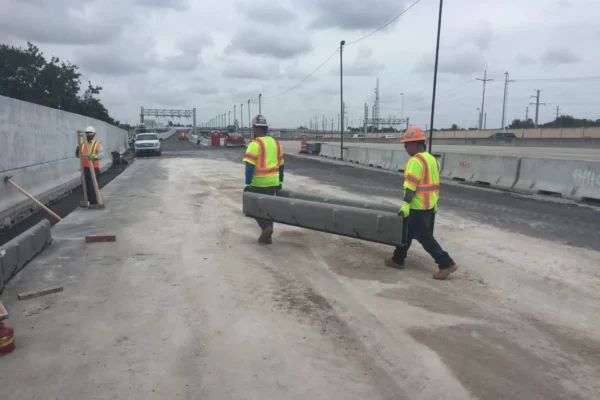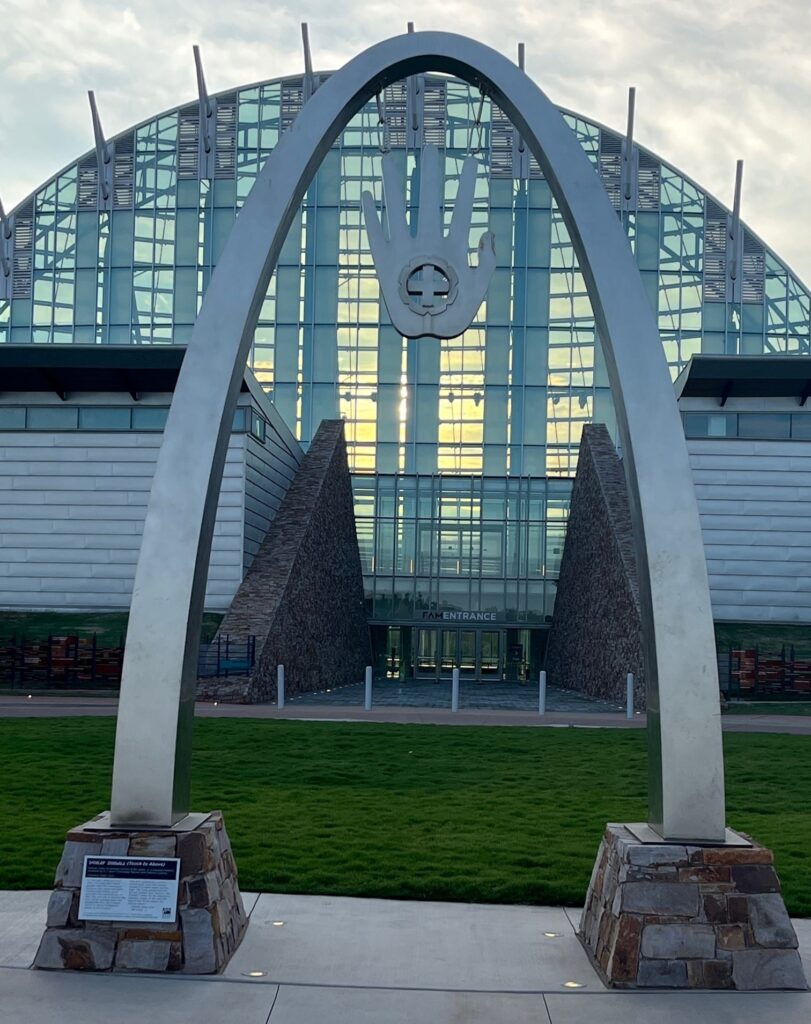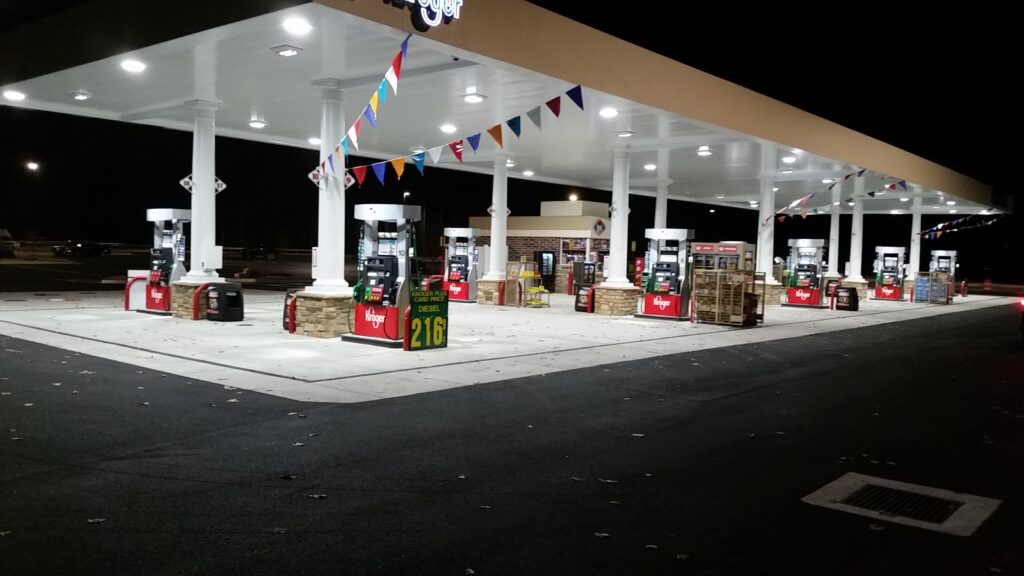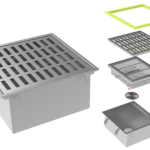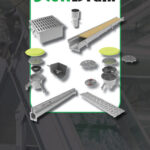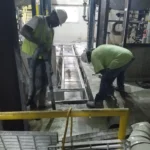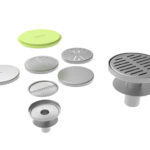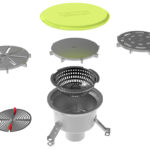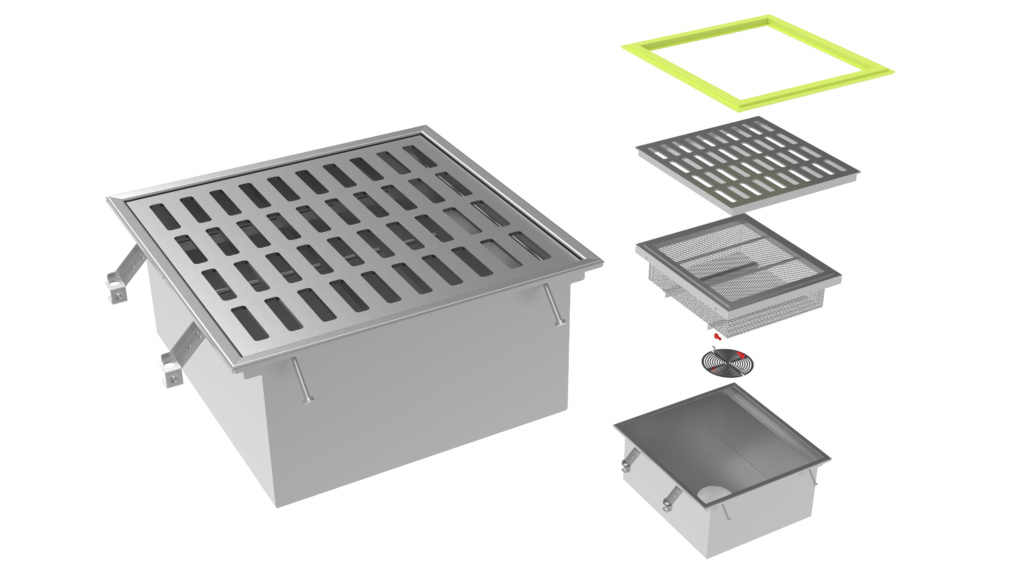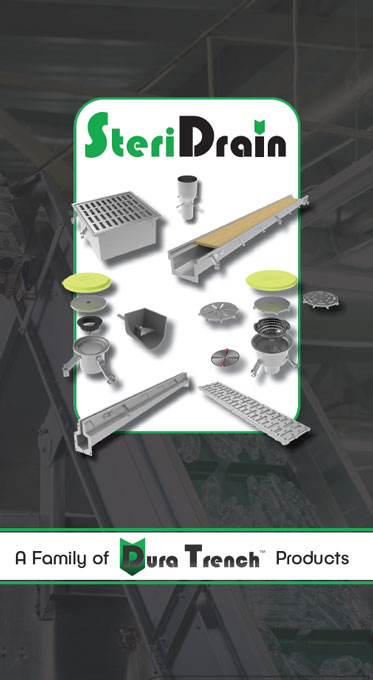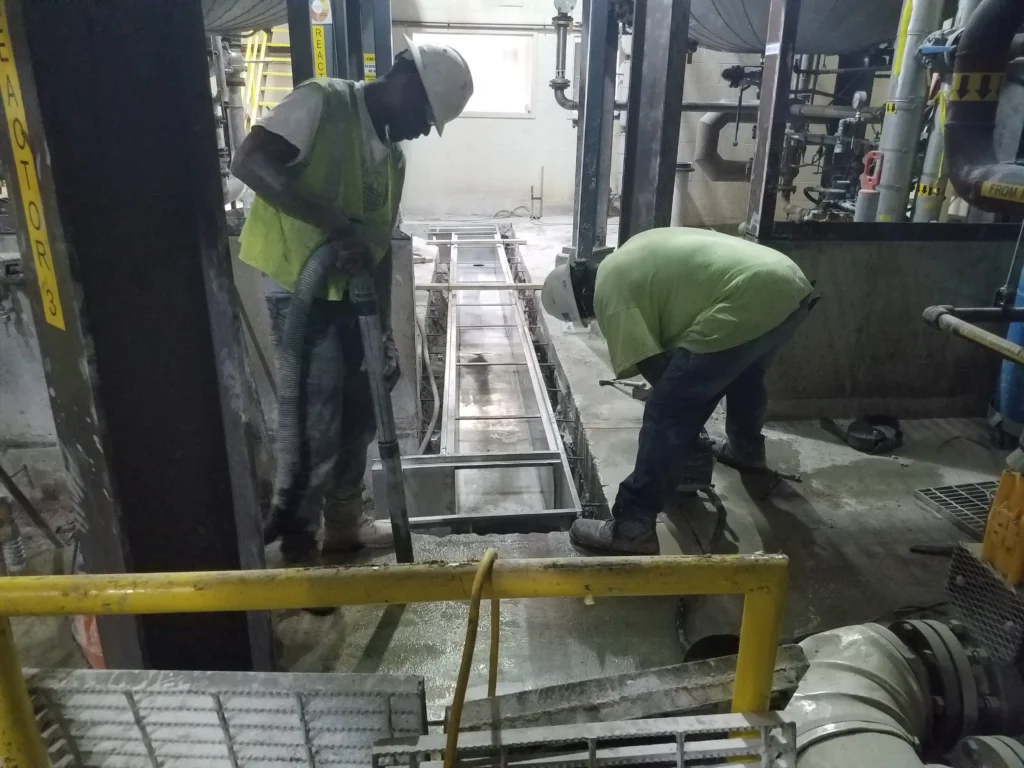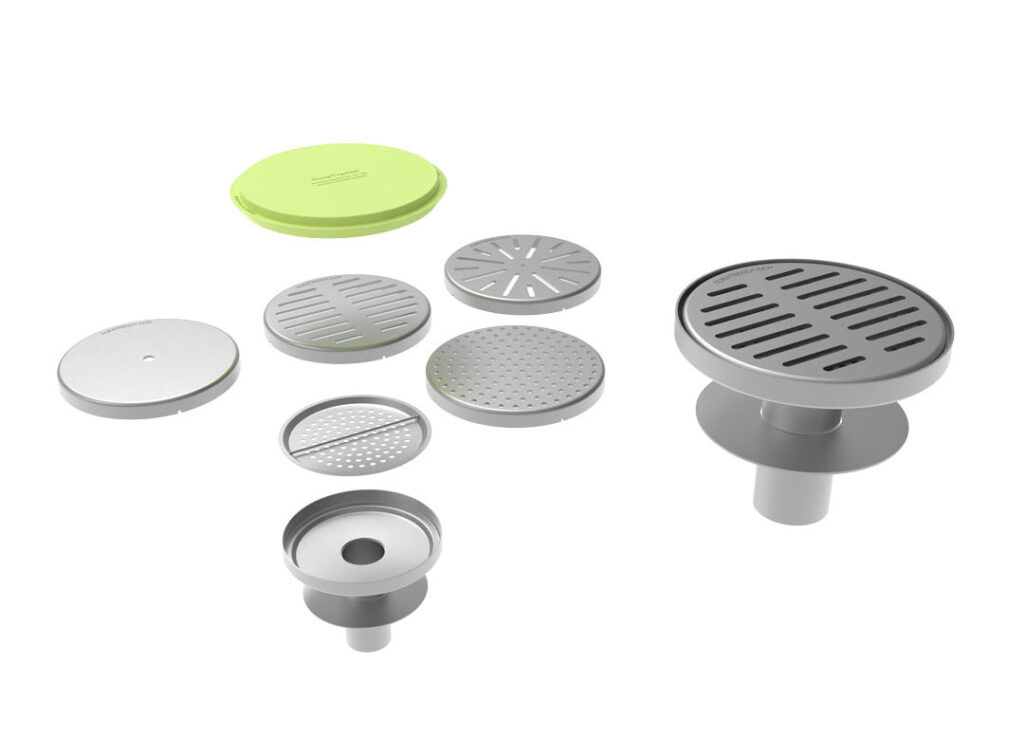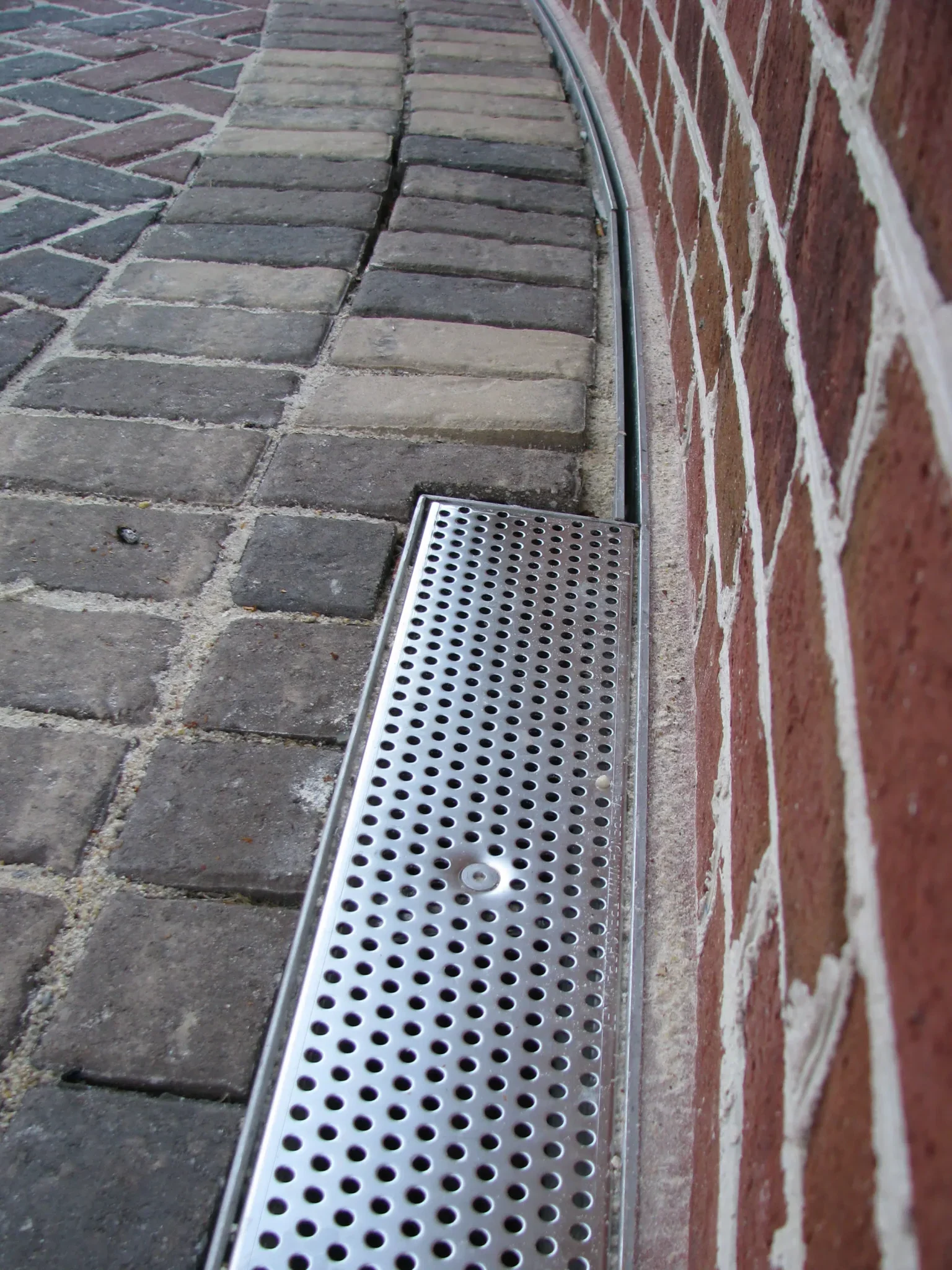
Trench drain systems are one of the best solutions for many drainage applications because they are affordable to install, simple to maintain, and very effective. Trench drains can be used to handle runoff of various kinds and in various locations. You might install a trench drain at your construction site, in a parking lot or along a walkway, or even near your swimming pool.
Trench drains are very easy to care for, but they do sometimes fail. This is usually related to a few key mistakes that have been made either during the installation of the drain or mistakes that have happened related to caring for the drain. Trench drains that are installed properly should never fail so long as they are well-maintained.
If you are ready to learn more about why trench drains fail, you need to keep reading!
Reasons For the Trench Drain Failure
These are not all of the reasons that your trench drain installation might fail, but they are the most common culprits behind this issue. You will be wise to make sure that you are working with a skilled installer and that you have the right tools on hand to maintain and care for your trench drain setup once it is in place. These two factors will make a world of difference in your trench drain experience and will ensure that your trench drain will perform its job perfectly for many years.
Make sure as well that you are considering the demands that will be placed on your drainage system if you are using it in a business or to handle high volumes of water runoff each year. Sturdy drains are often a necessity in these locations and you might experience a drainage failure if this kind of wear and tear is not considered during the planning phase for the project. It can be easy to assume that a trench drain of any size will handle the amount of water runoff that you need taken care of, but this is not actually the case.
1. Improper Installation Can Cause Trench Drain Failure
There are many reasons why an installation of a trench drain could lead to the failure of the drain. When the wrong slope is built into the trench drain system, it can place pressure on the piping or on end carps and connections in the drain that will cause it to fail. You might also have issues with your trench drain’s performance if the wrong materials have been laid in the trench before the piping is put in.
The installation has to take into consideration the correct slope and grade of the trench, the right trench installation processes, and the correct installation of catch basins, outlets, and other attachments to the drain system. If your trench drain is connected to the wrong kind of catch basin or drain outlet, it could fail due to this other part of the system being incorrectly designed. There are many factors that need to be considered when installing this kind of drainage solution, but when the process is done correctly, there should never be any issues like this with your drainage system.
Working with the right installer is critical to make sure that your drainage solution will work correctly. Having to break down and reinstall the entire system can be costly, so doing the process correctly the first time is always the best way to go. If you are going to be installing your own trench system yourself, make sure that you look at the specifications for your trench system carefully so that you do not have issues with failures.
2. Incorrect System Selection is One of the Common Reasons for the Failure of a Trench Drain
One of the most common reasons for the failure of a trench drain is that the wrong kind of system was put in place for the demand of the area in question. Shallow trench systems that are not made to handle high volumes of water can fail quite readily and so can systems that are not made of the right materials for the location that they were placed. The kind of line system and grate system that you put in place has as much to do with the longevity of the drain system as anything else.
When you are placing trench drains in areas that deal with lots of vehicle traffic, you will find that choosing a system that is not designed for this will almost always lead to failure. You might also have trouble with a drain system that is not meant to be placed in certain kinds of soils or with certain kinds of fill mixtures. There are many kinds of materials and many different design styles that you can choose from for your drain installation for this reason.
You will also need to make sure that your selected trench drain system will connect properly to other drainage solutions that are in place on your property. This can include making sure that you have access to the right connections for the hookups to the sewer system or to catch basins and sumps. You might not be able to change the endpoints of your drainage solution, but you do need to be sure that the trench system you are putting in place will work with them correctly. There is no point in installing a trench drain that cannot properly empty itself and you will need to be sure that the system you have selected can meet this requirement given the local drainage endpoints you will be hooking up to.
Incorrect drain styles, catch basin styles, and grating styles can also cause the failure of the trench. You will need to make sure that all of the pieces of your drainage system are correct for the needs of your location before you buy them. There is nothing worse than a drainage system that has failed due to an incorrect grate or an improper catch basin type. Having to tear up the entire drainage system just because of one incorrect item can be very frustrating.
3. Trench Drain Failure Can Be Because of Incorrect Placement of Trenches
One of the biggest issues with trench drains that fail can be the location where they were placed. Some spots are not ideal for trench drains and trying to force them to work in a less-than-ideal spot can be a disaster. Adding trench drains to a location after the fact can be very difficult and sometimes a more complex and expensive solution is a better fit for the needs of the location in question. This can also be true of deciding that you want the trench drain you are adding to be in a specific location that will never have enough slope or enough support for the spot. While the drain might look nicer in this area, it might never work properly which defeats the entire decision to add a trench drain to handle runoff.
People sometimes want to make the cheaper decision without thinking about the welfare of the drain they are installing or the conditions that the trench needs to be able to handle. You should always work with a skilled installer for this kind of drainage system if you are trying to add a drain to a location that does not currently have one. Sometimes the amount of excavation and change that would be required to make a trench drain work is not possible or feasible and another drainage solution will need to be put in place.
Many people think of trench drains as the only solution to handle high volumes of water but that is not the case. There are many ways to deal with runoff that needs to be removed from your property, and trench drains might not always work the best for each space that requires runoff management. Trying to force the trench drain system you have in mind to work in a place where it will likely fail is not a good use of resources or money.
4. Trench Drains Can Fail Because of Lack of Maintenance
Maintenance is a necessity for any trench drain system. You cannot skip this essential requirement for your drainage system after it has been put in place. If you do not feel comfortable taking care of the necessary annual maintenance of your drainage system, you will need to make sure to hire a company to do so for you. Most trench drain systems do not require much in the way of maintenance each year, but skipping it can lead to drain failure.
Trench drains can become clogged with debris like tree material and leaves and you will find that even if there is only one part of the drain exposed to this, the material can flow through the whole system. Clogs can form well down the line from the actual tree or plant mess location. This can lead to clogged catch basins, drain outlets, and other issues as well.
Performing cleanouts and maintenance processes will prevent your drain from failing due to this kind of issue. You will probably only have to perform this maintenance once a year, but in some locations and setups, you will need to complete this process more than once. A drain maintenance team can assess your needs and help you to build a maintenance schedule that will work for your needs.
5. Wrong Drain Material for Chemical Runoff Can cause it to fail
In some business locations, the trench drain system that you have in place will need to be able to hold up to challenging runoff that might include caustic substances or chemicals. These runoff types can break down the material of your trench drain and cause it to fail. You might also have issues with a toxic spill related to the failure of your trench system if this takes place.
Having a tough drainage system in place that can handle the chemical nature of your business’ runoff can be very important. You will almost always have to choose stainless steel in these situations, which can cost more but is worth it to handle this kind of challenge. Making sure that you are installing the right kind of trench drain for your business’ runoff needs can be very important to the longevity of the system that you have in place.
You might also want to be sure that you verify that the catch basin style that you are using is right for this kind of runoff. There are often regulations and requirements for disposing of chemical runoff that must be followed carefully, including the materials of the catch basins and sumps that you have in place. You will need to check with the regulations for your state or county to be sure that you have the right kind of sump or catch basin in place to allow the chemical runoff you are generating to be disposed of properly. Not only could your business face fines and closure if you do not install the right endpoints and collection points for your drain system, but you could also cause a major impact on the local area by disposing of runoff incorrectly.
Trench Drains Typically Fail Due to Incorrect Installation and Maintenance
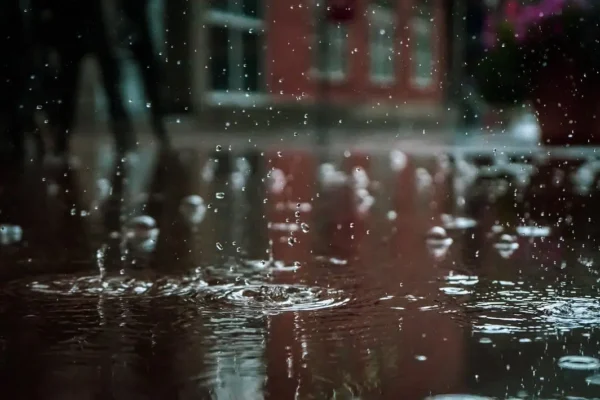
There are various reasons that your trench drain might have failed, but most of them come back to incorrect maintenance and installation. Trench drains are very easy to care for when they have been installed properly and they should not have any trouble with failures if the right kind of trench drain has been selected for your needs. Make sure that you work with a skilled installer so that you do not run into any trouble with the performance of your trench drain system after it has been installed. It is much more costly to have to pull out and replace a trench drain system than it is to simply install the right one the first time.
Providing proper maintenance to your drainage solutions is just as important as making sure that they are installed correctly. Annual maintenance is typically all that a trench drain system needs to function properly for the long haul and there are many companies that can provide this service if you are not comfortable taking care of it yourself.

